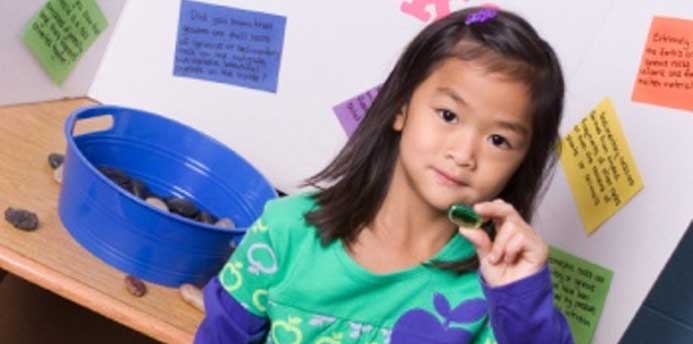The science fair is unavoidable in the world of education. And with a science fair comes requests for your help.
Here’s how to get your child on track, without helping too much. After all, you’ve already completed 6th grade, right? Time to let your child shine.
Think outside the box
Your child will not be happy if she is displaying one of 7 vinegar volcanos. Try to help your child discover an interesting and unique project that caters to your child’s interests. Try Science Buddies for creative science project ideas.
The early bird gets the worm
Save your child—and yourself—lots of stress, and start planning the project early. Especially if you’re going to pursue a time-consuming project, you don’t want to be rushing at the last minute. Science takes time.
Be prepared
Don’t suggest a difficult topic that’s age inappropriate. An 8-year-old won’t be able to handle as demanding a project as a 14-year-old. (And remember, the goal is for your child to be successful, not to show that you can distill plutonium in 4 easy steps.)
Four relatively pain-free science fair project ideas:
For the animal-lover
If your family has a dog, this project will be a breeze. Present different types of toys to your dog and see which one is a hit and which one is a miss. Do background research on typical traits of your dog’s breed combined with your own knowledge of your pooch’s personality, and determine why some toys score while others fall flat.
For the green thumb
Kids have been playing with dirt since the beginning of time. They can use dirt as the foundation for a science fair project—investigate how seeds perform in different types of soil or at different depths. (Remember, one variable per experiment!)
For the foodie-in-training
For the older student, try a more complex experiment such as investigating how different wrappings, such as saran wrap, foil, wax paper, etc., affect food spoilage. See which one keeps food freshest the longest and how long it takes for the bacteria to develop in the food, and report your findings!
For the star gazer
This simple but lengthy experiment allows students to compare the brightness of the moon at different phases in the lunar cycle. Use a light meter to measure how bright the moon is everyday for a full lunar cycle. When the cycle is over, make graphs to better interpret your data!
Lots more science fair project ideas
Check out these websites for lots of additional projects and tips for success.

